Life Is Strange: Before the...
After the raging success of the third-person...
By Adonis Monahan1807

0
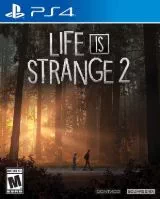
It is the kind of episodic video game that walks you through the struggles of teen angst, losing friendships, bullying, and finding the dead body of a student in an abandoned farm before trying to solve the mystery using the protagonist’s superpowers of rewinding time.
Although it’s no surprise that the game is much more thrilling than your average coming-of-age story, the plot seems to escalate slowly the first couple of episodes before it becomes a medley of genres. Surprisingly, this almost abrupt change of tone and genre is what makes the game unique and keeps players on the edge of their seats when the credits run at the end of an episode.
You play as Max Caulfield, a photography student who seemingly has only one friend in Blackwell Academy known as Warren. We also come across another acquaintance, Kate, who is a devout Christian that shares one thing in common with Max: being bullied by the rich student, Victoria. As banal as it may sound to explore through all these elements of teen drama, this isn’t exactly how the game starts.
Episode One opens with the chilling sound of thunder, revealing a passed out Max on the grass. In the distance, we see a lighthouse and steer through the rainstorm to the edge of a cliff. When Max sees a deadly tornado approaching Arcadia Bay, she blacks out and finds herself back in her class.
Max’s discovery of her superpower urges her to rewind time to eloquently answer her photography teacher’s question before her bully beats her to it. It’s a little peculiar how Max is as pleasantly surprised with her abilities as one would be if they found a buck they forgot was in their pocket. However, we see a more melodramatic turn of events shortly after.
Fortunately to impatient players, the plot escalates from there. When Max takes a trip to the bathroom, she encounters Chloe, a childhood friend with whom she had lost touch with. But the two teen girls don’t greet each other with hugs and squeals – mostly because Max is too busy hiding behind a stall as she watches her childhood best friend get shot to death by another elite bully in the midst of an argument about drugs and debts. Of course, players have to rewind to save Max’s blue-haired punk friend before the duo can make an escape.
This warm reunion that starts with small talk inside Chloe’s truck is also the beginning of how players will eventually be a complete emotional wreck by the end of this game. Dontnod knows how to make its characters likable enough for the game to be as nerve-wracking as it is intriguing.
The impressive character development makes up for the simple gameplay controls, which are limited to rewinding time, opening doors and drawers to read bits and pieces of evidence, taking quirky photographs, and making choices that affect the course of the plot.
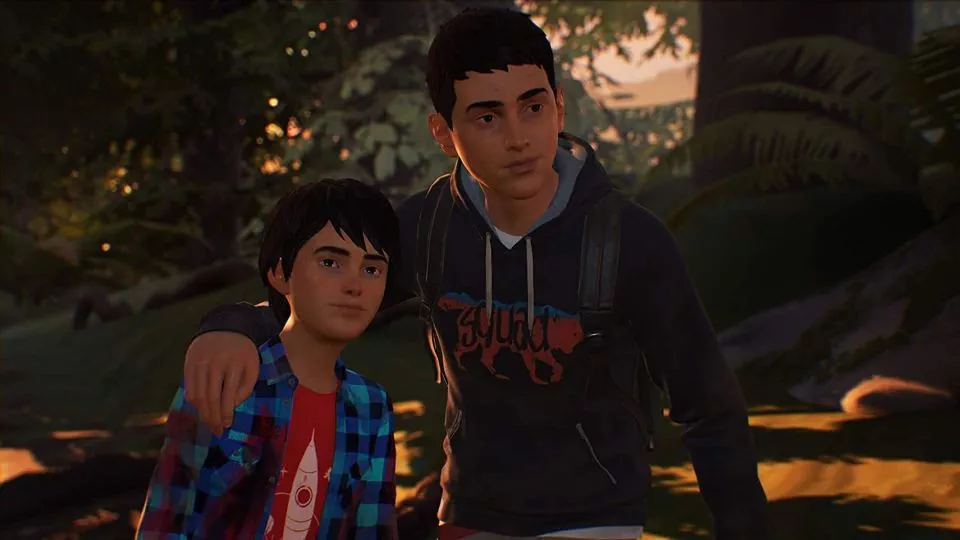 https://revyou.com/uploads/thumbnail-960/159404469303371SfcwvABYL._SL1500_.webp
Life Is Strange - PS4 - Game Review
https://revyou.com/uploads/thumbnail-960/159404469303371SfcwvABYL._SL1500_.webp
Life Is Strange - PS4 - Game Review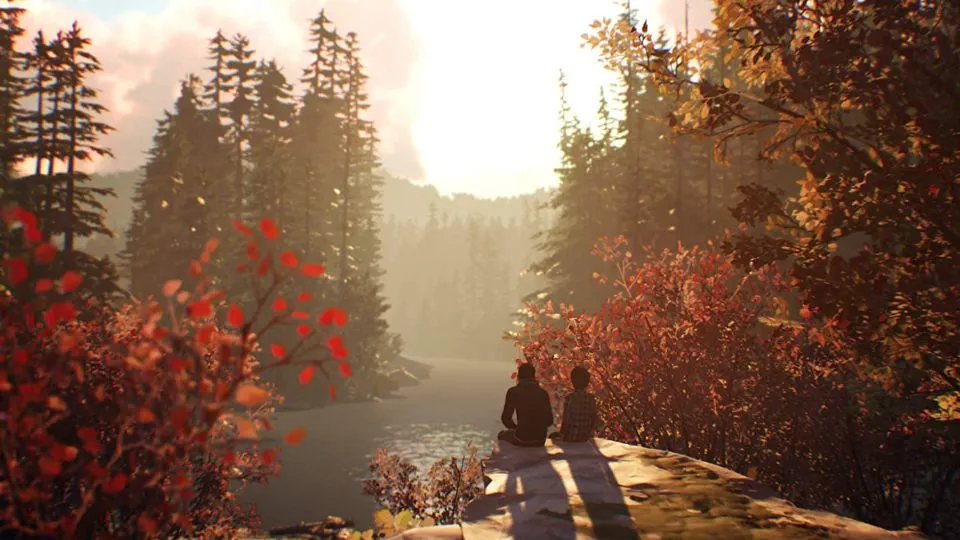 https://revyou.com/uploads/thumbnail-960/1594044693034710qoCLnLCL._SL1500_.webp
Life Is Strange - PS4 - Game Review
https://revyou.com/uploads/thumbnail-960/1594044693034710qoCLnLCL._SL1500_.webp
Life Is Strange - PS4 - Game Review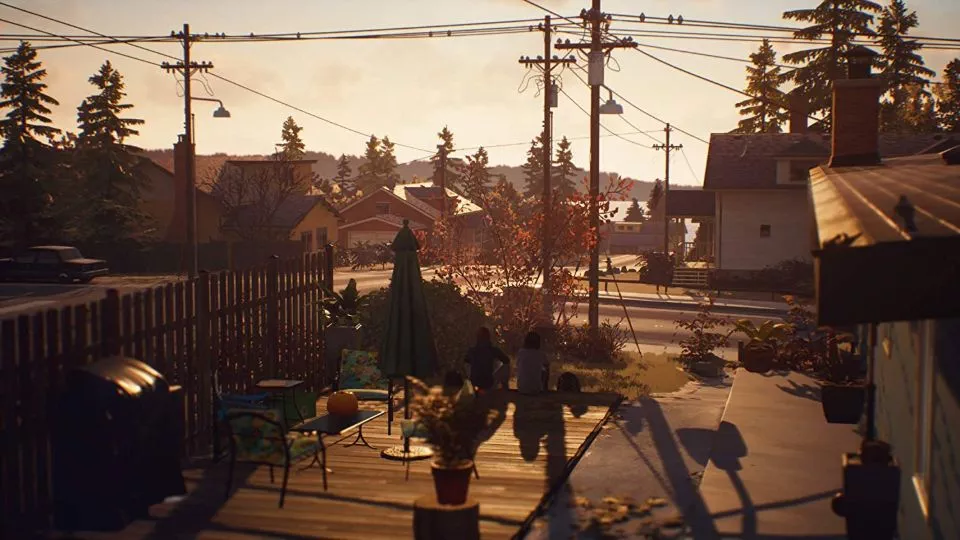 https://revyou.com/uploads/thumbnail-960/1594044693036712UJYHhY-L._SL1500_.webp
Life Is Strange - PS4 - Game Review
https://revyou.com/uploads/thumbnail-960/1594044693036712UJYHhY-L._SL1500_.webp
Life Is Strange - PS4 - Game Review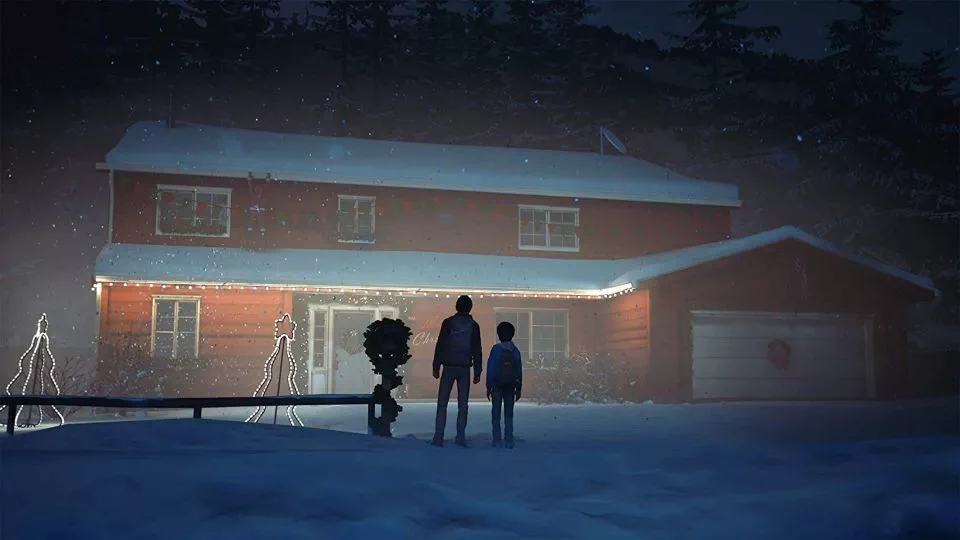
Granted, the first couple of episodes are a little slow, but that’s understandable seeing as there are plenty of notable names and faces to remember, including the missing student, Rachel Amber. We later learn that the girl whose face is plastered all over town was Chloe’s friend before her hiatus. And as the childhood best friends catch up, players learn more about this disappearance and eventually seek out clues to find the missing girl in a teen detective adventure.
This is how the game takes a sharp, but pleasant, turn from the exploration of an already existing teenage drama to the creation of a crime-thriller where players make the story. The choices made throughout the game impact the course of events, but not so much the final ending. Impressively, despite the myriad subplots, characters, and interconnected side stories, the main plot stays grounded, where the Max-Chloe-Rachel triad remains the focal point of the story.
However, despite the complex characters and moving scenes, the game leaves little for the player to do other than a few clicks here and there. Crime-solving puzzles are quite simplistic, and many of the mini-games that players are forced to process seem to be fillers to the plot, stalling the ending not so much with suspense, but with mundane connect-the-dots kinds of challenges. At times, the mechanics of Max’s movements feel a little slow, and whether or not this is intentionally done to lengthen episodes can be left to conjecture.
But aside from the limited controls, the attention to detail leaves players distracted enough not to notice these otherwise irritating flaws. Flipping through Max’s journal, reading the notes on the walls, and exploring through the personalized spaces in a junkyard gives players the chance to relate to the characters and form an emotional bond with them.
Despite Chloe’s badass façade, we’re able to see her soft side and the damage that her step father’s abuse and the loss of Rachel’s friendship have inflicted on her. At some point, one may even feel more emotionally connected to Chloe than the protagonist. And that’s probably exactly how writer and director, Jean-Luc Cano, aimed for.
Aside from the plot, the gameplay, and how well-developed the characters in this game are, the soundtracks make it easy for players to well up with overwhelming emotions. Coming across the dead body of a friend is more moving with Message to Bears’ Mountains playing in the background, while the heart-wrenching ending is almost scarring with Foal’s Spanish Sahara making the cathartic experience more memorable.
Other than offering an unforgettable, almost tangible, experience, Life Is Strange is also a gateway for tens of beautiful soundtracks that are hard to listen to without remembering the pivotal cut-scenes in the video game.
Although there are many choices to choose from during the game, only one impacts the ending of the story, and this is where the most disappointing flaw of the game surfaces. Players have two endings to choose from, one of which is an elaborate and beautifully directed conclusion to the plot, while the other is a half-assed cut-scene that almost punishes players for making the choice that led to it.
Life Is Strange is a video game that leaves players thinking about how it ended days after they beat the game, despite technically having only one end and another that forces players to go back and make the other “right” choice.
Updated 4 years ago